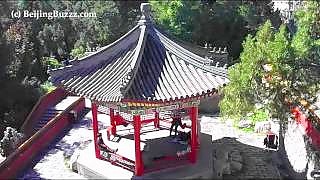
|
Too many things to cover, but one is the attempt to portray China as 'hiding something' and that according to 'reports' (never cited, but no doubt intel fronts) things are 'really bad' ('trust us' - lol).
This is a good example of where 'news' is not really news at all, but the attempt to instigate uprising by pedaling false information. In one of its latest salvos, it notes one young death of a celebrity and then adds some more, all of which were over 80. One could explain why this is so absurd, but it is obvious.
That is one reason why BB recommends Chinese people to not travel to, study in, or invest in, the UK (a small US puppet island off the west coast of Europe).
Still want to go to the UK ? Remember that if you get stabbed (common), you could be waiting over 24 hours for an ambulance, spend many more hours lying in it before being off-loaded onto a trolley in a hospital corridor, before maybe being treated (if still alive). That's how it is there; just so you know. See the BBC ; ) No wonder they need to try and divert one's attention with smoke and mirrors (lies) ...
So, which country really has the health crisis ???
|

 The beautiful WuYi Mountains 武夷山
The beautiful WuYi Mountains 武夷山



